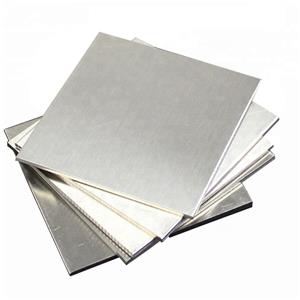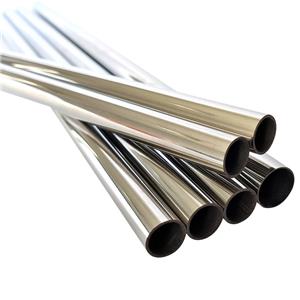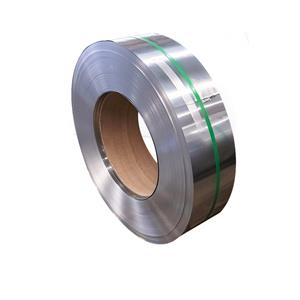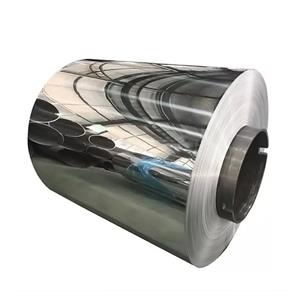aluminum profile
-
Aluminum Profile
Corrosion resistance In most environmental conditions, including air, water (or brine), petrochemicals and many chemical systems, aluminum can show excellent corrosion resistance. Conductivity Aluminum profiles are often selected due to their excellent conductivity. Thermal conductivity The thermal conductivity of aluminum alloys is about 50-60% of that of copper, which is beneficial for the manufacture of heat exchangers, evaporators, heating appliances, cooking utensils, and cylinder heads and radiators in automobiles. Non-ferromagnetic Aluminum profiles are non-ferromagnetic, which is an important property for the electrical and electronics industries. Aluminum profiles are not spontaneously combustible, which is important for applications involving loading and unloading or contact with flammable and explosive materials. Machinability The machinability of aluminum profiles is excellent. In various deformed aluminum alloys and cast aluminum alloys, as well as in the various states that have been produced in these alloys, the change in machining characteristics is quite large, which requires special machine tools or technologies. Formability Specific tensile strength, yield strength, ductility and the corresponding work hardening rate govern the change in the allowable amount of deformation. Recyclability Aluminum has a high degree of recyclability, and the characteristics of recycled aluminum are almost indistinguishable from virgin aluminum.
Email Details
-
0910-2022
Knowledge About Aluminum Profile
Aluminum profile is a alloy material with aluminum as the main ingredient. The aluminum rod is squeezed through hot melt to obtain aluminum materials with different section shapes. Different, it is divided into doors and windows, aluminum profiles, aluminum profiles, and industrial aluminum profiles.





